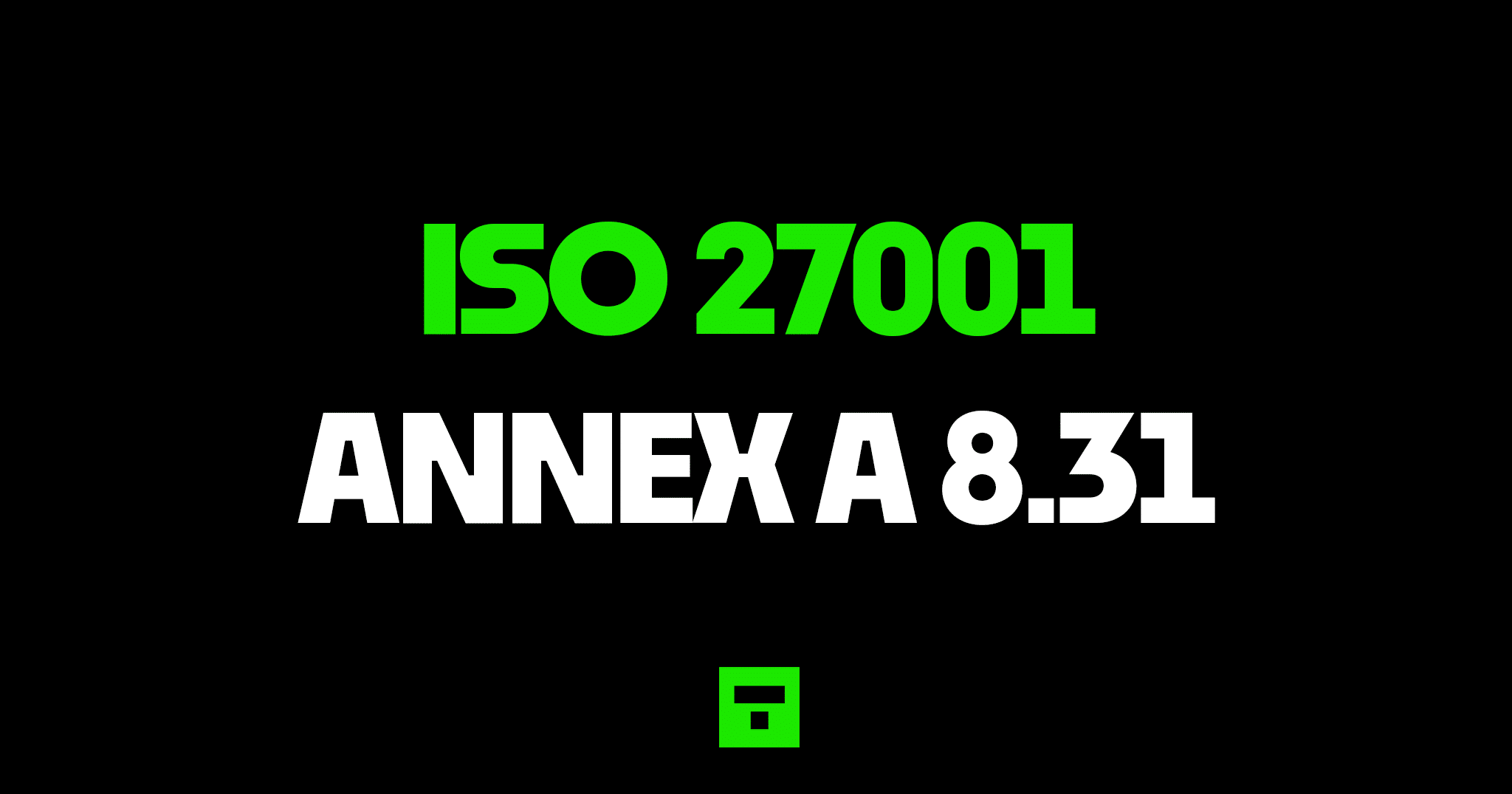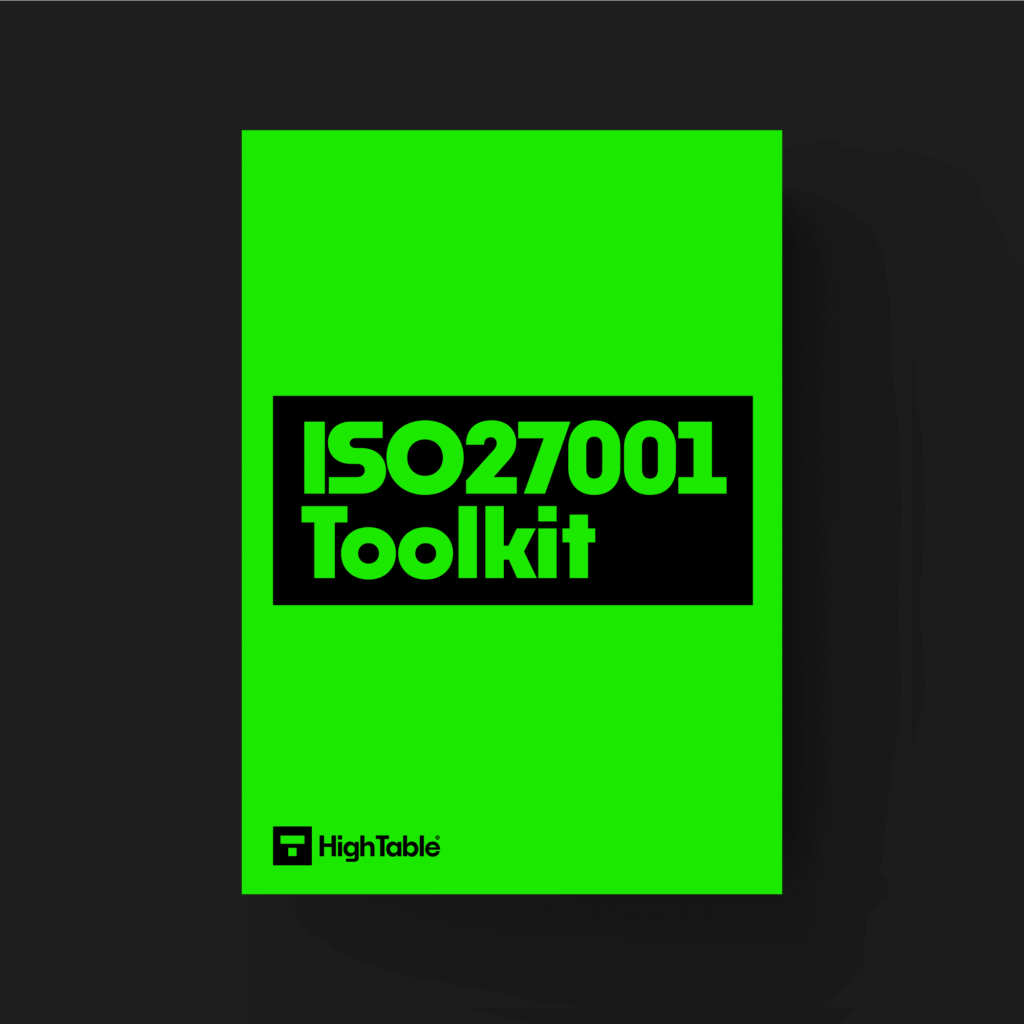Table of contents
What is ISO 27001 Separation of Development, Test and Production Environments?
ISO 27001 Annex A 8.31 Separation of Development, Test and Production Environments is an ISO 27001 control that requires us to have separate environments for each part of the development lifecycle and to be managing those environments.
Purpose
ISO 27001 Annex A 8.31 is a preventive control to protect the production environment and data from compromise by development and test activities.
Definition
The ISO 27001 standard defines ISO 27001 Annex A 8.31 as:
Rules for the secure development of software and systems should be established and applied.
ISO27001:2022 Annex A 31 Separation of Development, Test and Production Environments
Implementation Guide
This is probably a no brainer requirement when it comes to your development lifecycle and you will adapt the requirement as needed by you based on the feedback and input of your specialist resources. The basic principle of segregation will hold whether we are talking a virtual or physical environment.
The key to this control is to document everything and be able to demonstrate evidence that the control is working.
DO IT YOURSELF ISO 27001
All the templates, tools, support and knowledge you need to do it yourself.
Separate Environments
You are going to make sure that for the in-scope developments that you have separate development, test and live environments with the appropriate management and controls in place around this. This will include the process of promoting through those environments and the authorisations and approvals and acceptance.
In the production environment you will remove development tools and utility programs such as compliers and editors.
Confidential, personal and sensitive data will not exist other than in the production environment.
Environment Management
Consideration for the management of the environments, the versions, the software, the patching, updating and access will be in place. Secure configurations will be documented and in place.
Monitoring and logging will apply, as appropriate – ISO 27001 Annex A 8.16 Monitoring Activities, ISO 27001 Annex A 7.4 Physical Security Monitoring.
Backups, backup process and evidence of backups will be implemented – ISO 27001 Annex A 8.13 Information Backup
Approval processes will be put in place and there will NOT be the ability for one person to change all environments without that approval. Segregation of duty will be deployed. Changes will be controlled.
You will define and document and implement rules for the authorisation and management through the different environments.
Conclusion
Many if not all of the controls that apply to this control are covered elsewhere. Be it the experience, licensing, technical controls access controls but consider them in the context of this clause and be able to evidence them as they apply to separation of environments.
The best advice is to seek the help of your qualified and experienced technical teams that specialise in the management of environments.


